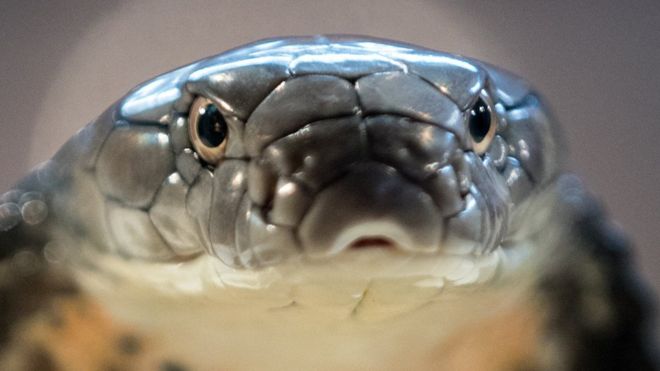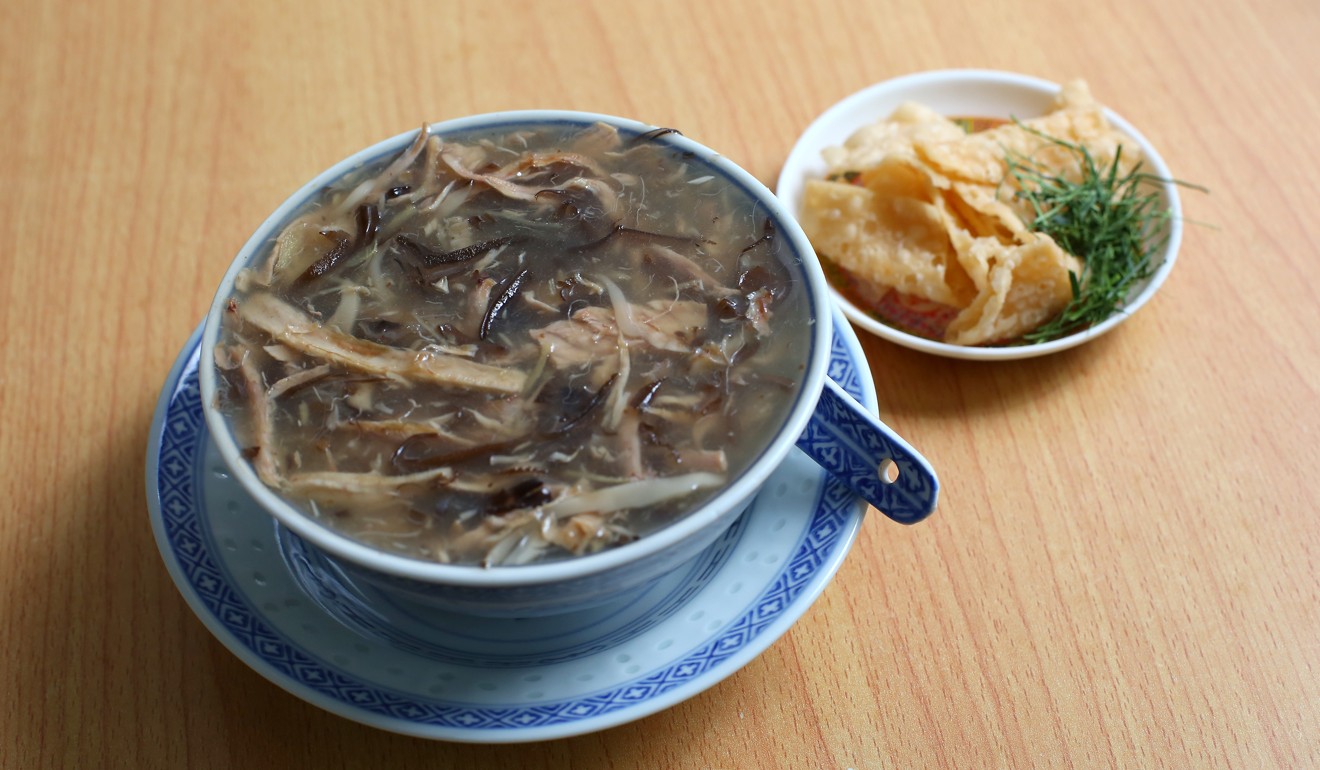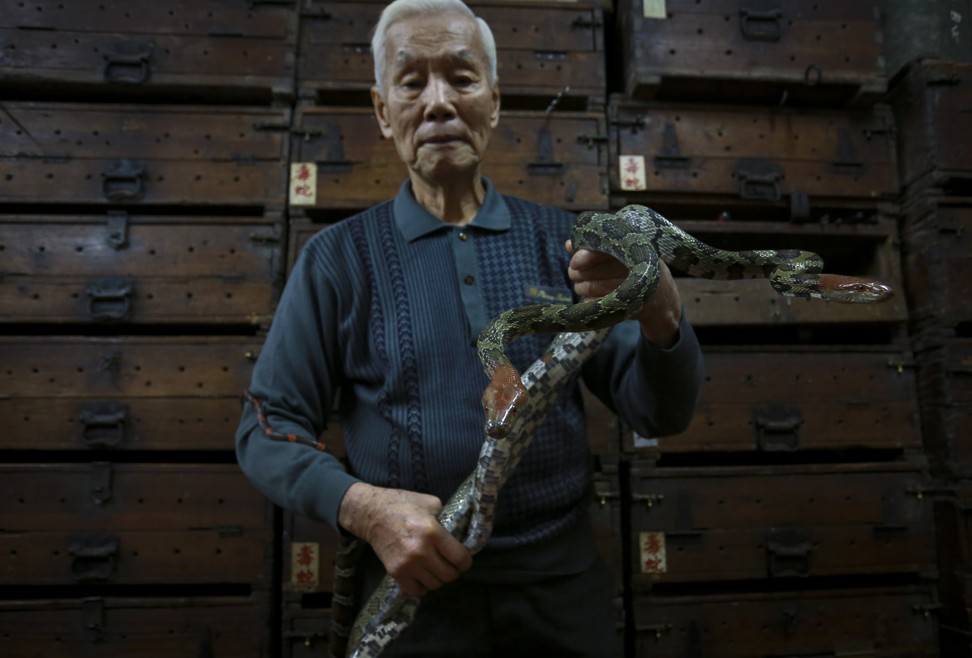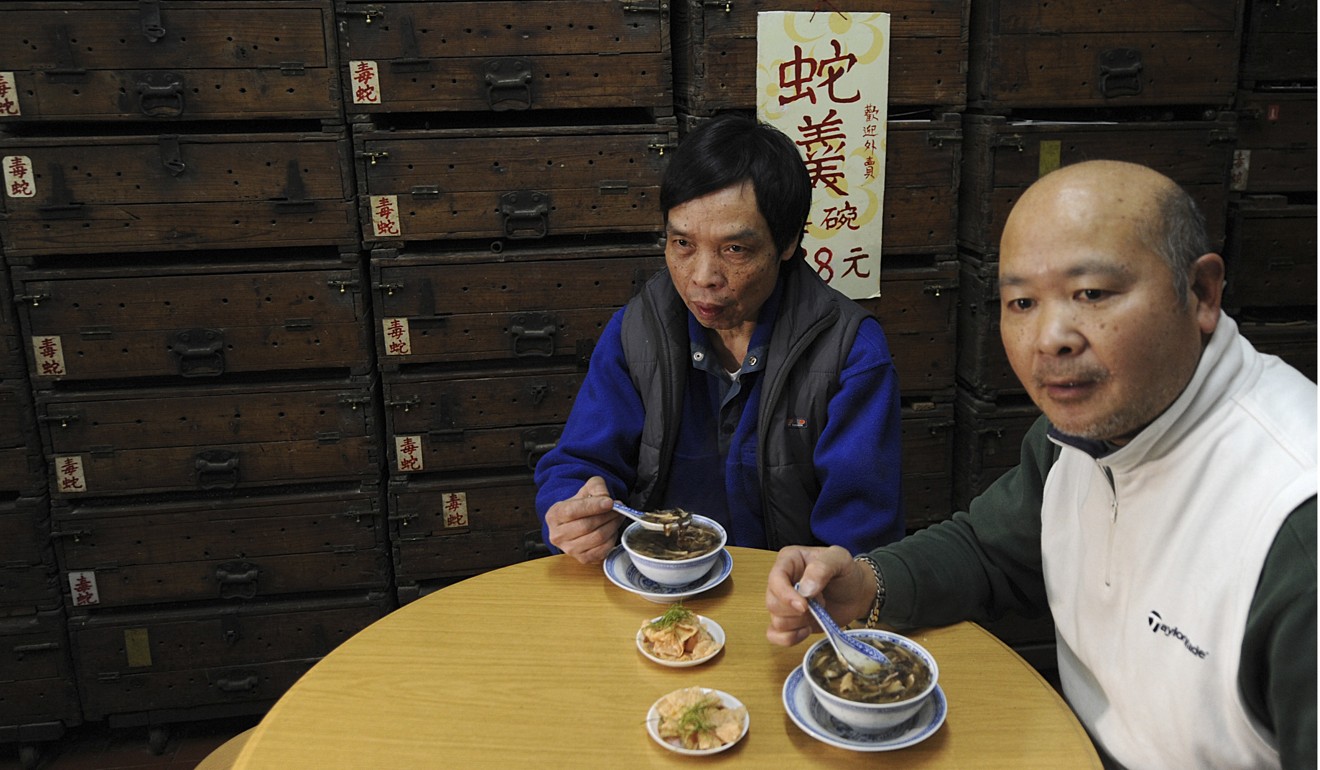Snake restaurant in Hong Kong to close after 110 years, marking end of an era
Family-run She Wong Lam in Sheung Wan was hugely popular, with actor Stephen Chow a regular customer. But its snake handler is nearly 90, and no one in the family wants to continue the business
PUBLISHED : Wednesday, 11 July, 2018, 6:48pm
UPDATED : Wednesday, 11 July, 2018, 7:20pm
Bernice Chan
bernice.chan@scmp.com
http://twitter.com/beijingcalling
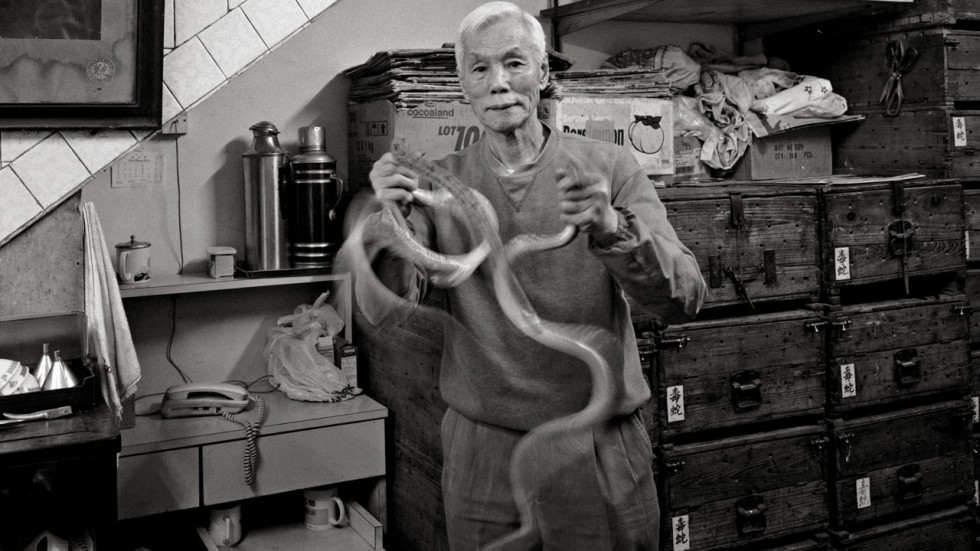
One of Hong Kong’s oldest snake restaurants is closing for good, ending more than 110 years of history in Sheung Wan.
Family-run She Wong Lam was hugely popular in the 1960s and 1970s, but with no one from the family’s younger generation keen to continue the business of looking after snakes and preparing them for soup, the restaurant will close its doors on July 15.
According to Lo Tin-yam, the fourth-generation owner, She Wong Lam’s manager, Mak Dai-kong, is in his late 80s and has decided to retire, so the Lo family feels it is the right time to close the Hillier Street shop.
“Master Mak is almost 90 and he is the boss of the shop. He has worked for four generations of our family,” Lo says by phone from Vancouver, Canada. “Since my grandfather passed away, my father [Lo Yip-wing] didn’t know much about the snake business and I know even less,” he says.
His family trusts Mak but are unfamiliar with the shop’s other employees, making it hard for them to continue the business, he explains.
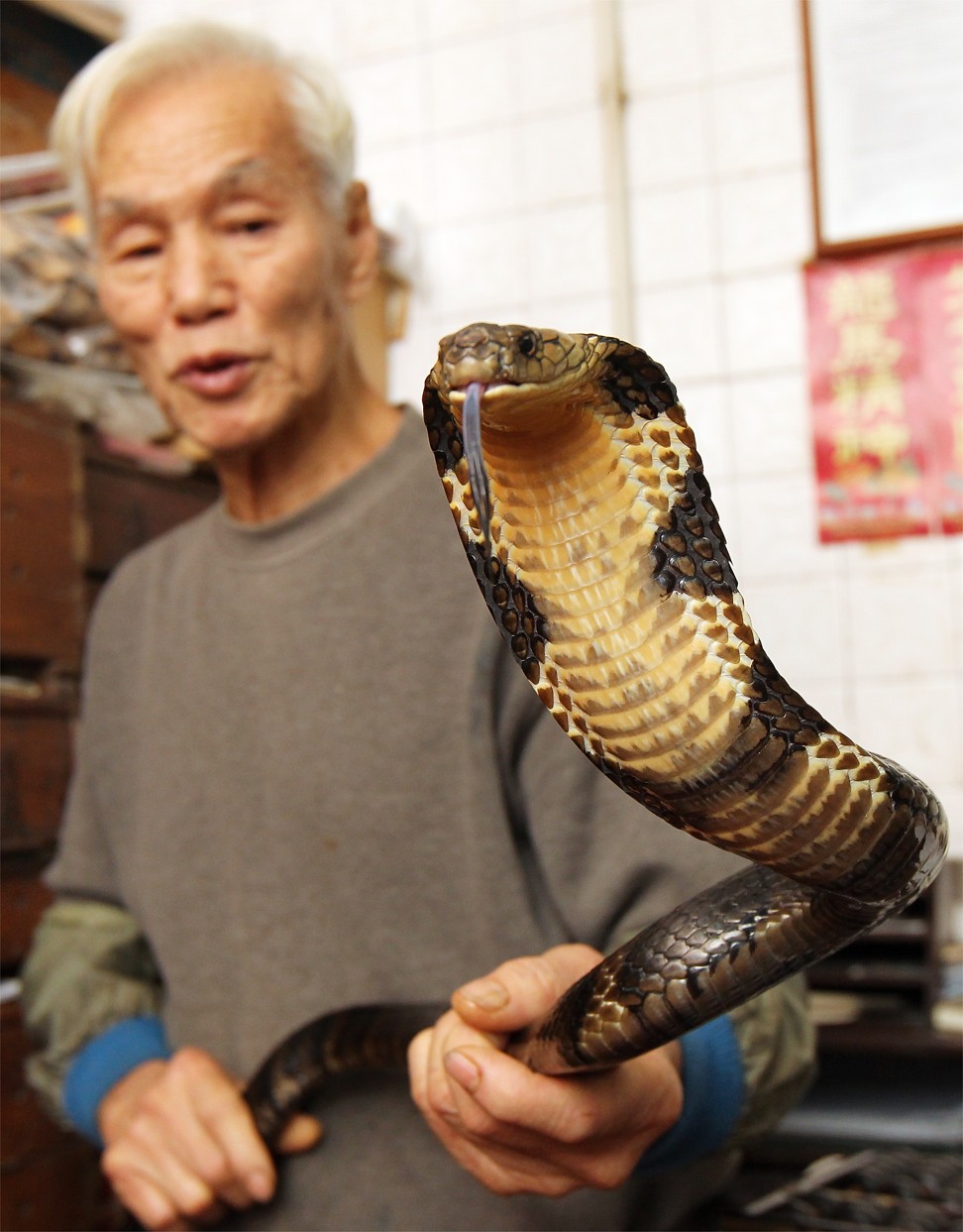
Mak joined She Wong Lam in 1948, when he was 18 years old. Photo: Oliver Tsang
Lo says the date for closing She Wong Lam was chosen by his uncle and father, the latter now in an old people’s home in Hong Kong. Lo, an accountant, and his younger sister have lived in Vancouver since he was about eight years old and he does not intend to return.
“It’s very difficult to find people to work in this particular industry. It’s not for everyone,” Lo says.
Mak joined She Wong Lam in 1948, when he was 18 years old, and the founder, Lo Tai-lam, encouraged him to help out around the shop and eat snake soup to help build his strength.
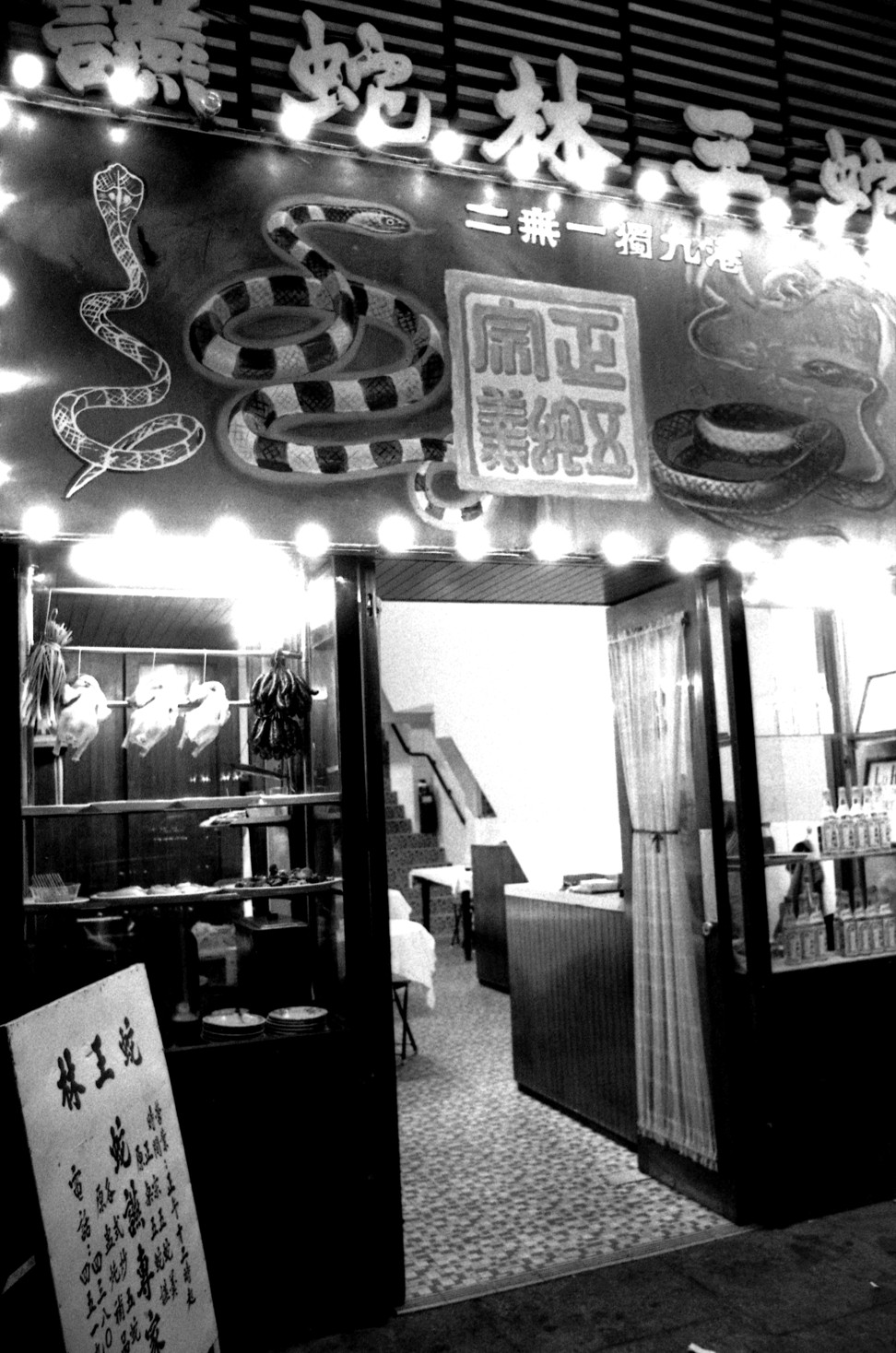
She Wong Lam in Sheung Wan in 1972. Photo: SCMP
Mak gradually learned how to handle snakes, remove their fangs, extract the gallbladder, and make the shop’s signature snake soup.
The ingredients of snake soup include the meat of various snake species, chicken, pork, sugar cane, mandarin peel, and white pepper. It is garnished with chrysanthemum petals and finely sliced lemon leaves.
“In the past, when I saw my colleagues handling snakes, they told me I didn’t have to be afraid of them,” Mak said in an interview with the Post late last year.
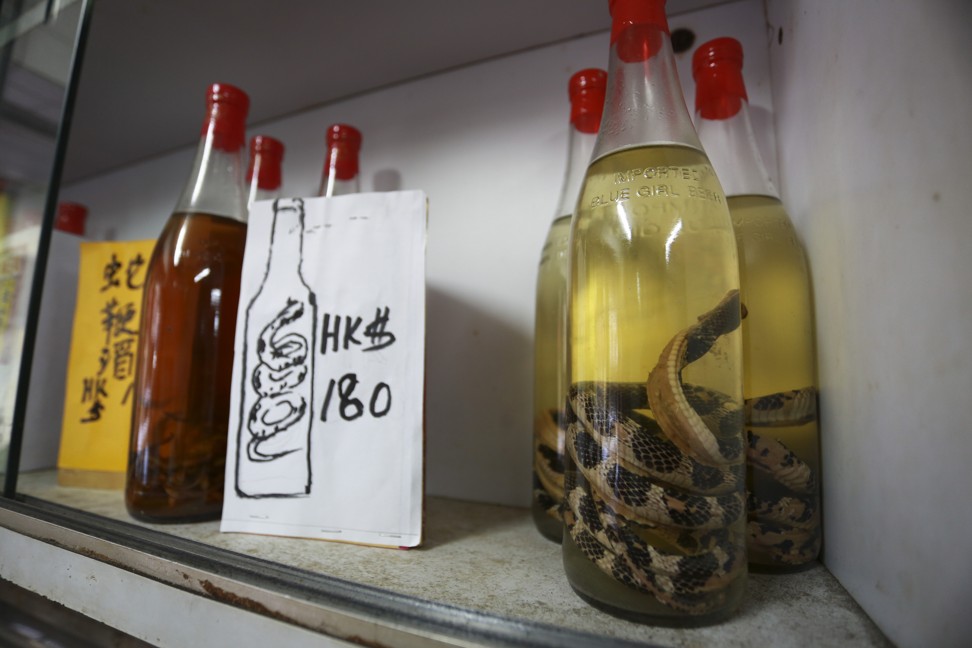
Bottles of snake wine for sale at She Wong Lam. Photo: James Wendlinger
“Once their fangs have been pulled out, they are not venomous … I remember my first attempts at handling snakes. I got bitten by them but it wasn’t painful at all. Since then, I have never been afraid of snakes.”
Sidney Cheung Chin-hung, professor and director of the Centre for Cultural Heritage Studies at the Chinese University of Hong Kong, has a copy of a flier from She Wong Lam promoting its snake gallbladder seasoned with ginger or pepper that dates back to 1910, and believes the shop was established in the early 1900s.
While fourth-generation owner Lo didn’t learn much about the snake business, he has a few fond memories to share about the business. The shop moved a few times during its more than 110-year history, but has always been in Sheung Wan. He also revealed how the shop got its name.
“My great-grandfather used to be busy in the back of the shop dealing with the snakes, and because people couldn’t see him, they assumed he was being lazy, which is why he got the nickname ‘Se Wong’, or ‘Snake King’,” says Lo. “She wong” is a Chinese euphemism for a lazy person.
Lo isn’t sure how or when his great-grandfather came to Hong Kong from the southern Chinese province of Guangdong, but Cheung is convinced the business was founded back in the dying days of the Qing dynasty.
One of his former anthropology graduate students, Esther Chok Wing-sum, says that in 1885 there were about 115 snake shops in Guangzhou. At the turn of the century, many snake handlers, including Lo’s great-grandfather, brought their knowledge and skills to the British colony of Hong Kong.
The younger Lo attributes the family’s financial success to the hard work of his great-grandfather and grandfather. At one point She Wong Lam sold snake gallbladder and soup not only in Sheung Wan, but at two other locations in the city.

Mak gradually learned how to handle snakes, and defang them. Photo: James Wendlinger
Hong Kong historian Cheng Po-hung says one of the shops was on the corner of Hennessy and Fleming roads in Wan Chai. The other was in Kowloon, he says, though no one we spoke to remembers the exact location.
Before the 1950s, Chok says, snake was a delicacy on par with shark’s fin and bird’s nest, which only the well-off could afford.
“A snake gallbladder was a few days’ salary at the time,” she explains. “It cost HK$20, but at that time the average person’s monthly salary was only HK$250.”
However, from the 1950s onwards, eating snake became increasingly affordable for the working class and grew more popular. “A bowl of snake soup would cost HK$8, but then it went down to HK$2 to HK$3,” Chok says.




 Reply With Quote
Reply With Quote













